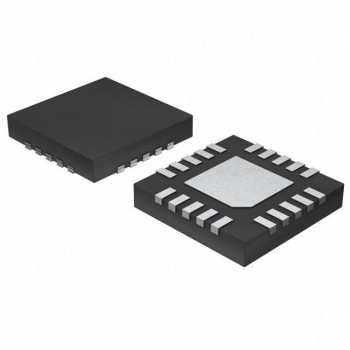Digital signal processing (DSP) is a branch of engineering that deals with the manipulation of signals in the digital domain. One of the fundamental concepts in DSP is sampling, which plays a crucial role in converting continuous-time signals into discrete-time signals. In this article, we will explore what sampling is and its importance in digital signal processing.

Sampling is the process of converting a continuous-time signal into a discrete-time signal by measuring the amplitude of the signal at regular intervals of time. This is done by taking samples of the signal at specific time points, known as the sampling instants. The rate at which these samples are taken is called the sampling rate, and it is usually measured in samples per second or hertz.
The most common method of sampling is known as the Nyquist-Shannon sampling theorem, which states that in order to accurately reconstruct a continuous-time signal from its samples, the sampling rate must be at least twice the highest frequency component of the signal. This is also known as the Nyquist rate. If the sampling rate is lower than the Nyquist rate, a phenomenon known as aliasing occurs, where high-frequency components of the signal are incorrectly interpreted as lower frequencies, leading to distortion in the reconstructed signal.
There are two main types of sampling: uniform sampling and non-uniform sampling. In uniform sampling, the samples are taken at regular intervals of time, while in non-uniform sampling, the samples are taken at irregular intervals. Uniform sampling is commonly used in most digital signal processing applications, as it simplifies the processing of the sampled signal.
Sampling is essential in digital signal processing for several reasons. Firstly, it allows us to convert continuous-time signals, which are infinite in nature, into discrete-time signals that can be easily processed using digital algorithms. This makes it possible to apply various signal processing techniques, such as filtering, modulation, and compression, to the sampled signal.
Secondly, sampling allows us to store and transmit signals efficiently. By converting a continuous-time signal into a sequence of samples, we can reduce the amount of data that needs to be stored or transmitted. This is particularly important in applications such as telecommunications, where bandwidth and storage space are limited.
In conclusion, sampling is a fundamental concept in digital signal processing that allows us to convert continuous-time signals into discrete-time signals for processing, storage, and transmission. By understanding the principles of sampling and adhering to the Nyquist-Shannon sampling theorem, we can ensure the accurate reconstruction of signals and the successful implementation of various signal processing techniques.Sampling is a critical step in the digital signal processing chain, and mastering this concept is essential for anyone working in the field of DSP.

